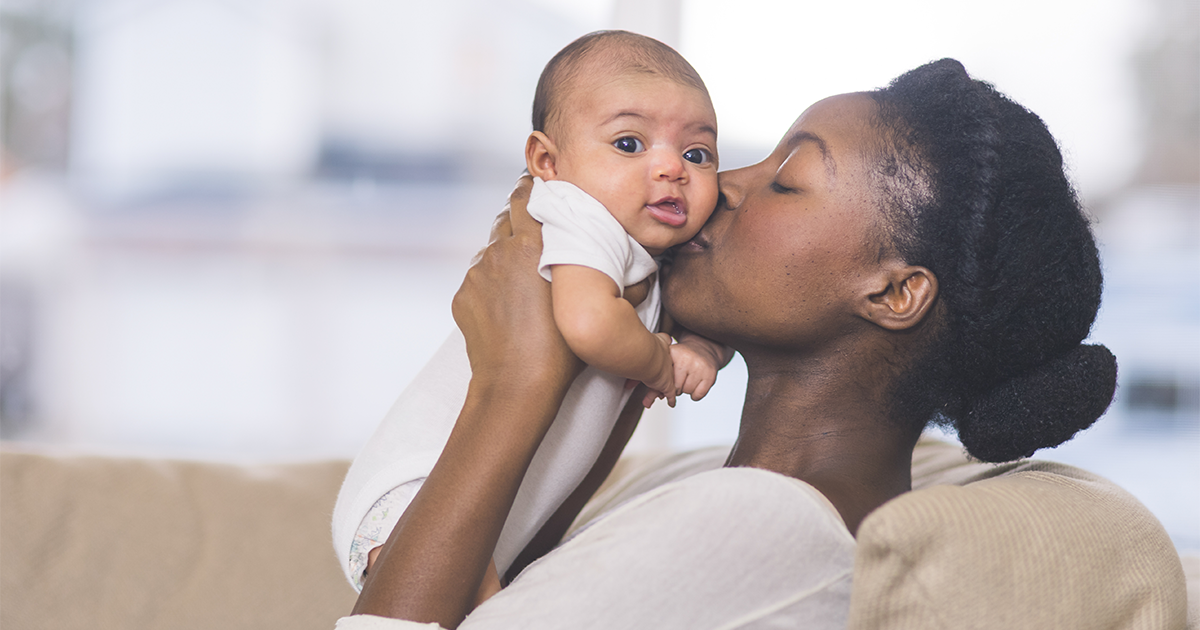Breastfeeding is a great bonding experience for mothers and babies, but it can sometimes be uncomfortable. Some mild discomfort during the first ten to fifteen seconds of pumping is common, especially for new mothers. Some mothers may also feel a tingling sensation when their milk releases or “lets down.” But breastfeeding and pumping shouldn’t cause pain. Below, we outlined some common causes of breast pain and how to prevent it.
Causes of breast pain:
- Incorrect use of breast pumps: If pumping hurts, lower the suction slightly as excessive suction may injure the tip of your nipple.
- Improper fitting flanges or funnels: Most women will need a different size flange (funnel) for their breast pump. The appropriate size funnel is determined by the width of your nipples. There should be a small air space around your nipple as it moves back and forth in the tunnel.
- Engorgement: Engorgement is an over-fullness that occurs when the breast has not emptied regularly and frequently. This often happens when milk volumes increase in the two to five days after delivery but may also occur any time the breasts are not emptied. You may need to pump eight to 12 times in a 24-hour period to prevent engorgement.
- Plugged ducts: The glands inside your breasts that produce milk look like tiny bunches of grapes and the stems represent the ducts that move the milk out to the nipple. Small plugs in the ducts can make it difficult for milk to pass, causing the glands to become distended.
- Mastitis: Mastitis is a breast infection that can be caused by damaged nipples or even plugged ducts.

How to prevent discomfort:
- Wash your hands before touching your breasts.
- Pump with clean equipment.
- Use a couple drops of vegetable cooking oil to lubricate the nipple before pumping.
- Let milk dry on your breasts after pumping or apply modified lanolin cream or ointment, such as Lansinoh or Tender Care Lanolin.
- Apply cool, wet cloths after pumping. You can also apply cold or ice packs on top of clothing for up to 20 minutes.
- Once a day, wash your breasts with water, only to prevent excessive drying of the skin on the breast and nipple. Pat your breasts dry with a clean cloth.
- Change breast pads when moist.
For more information on this topic, check out our patient education materials, or connect with a pediatrician or lactation consultant.
Kaitlyn Kamleiter